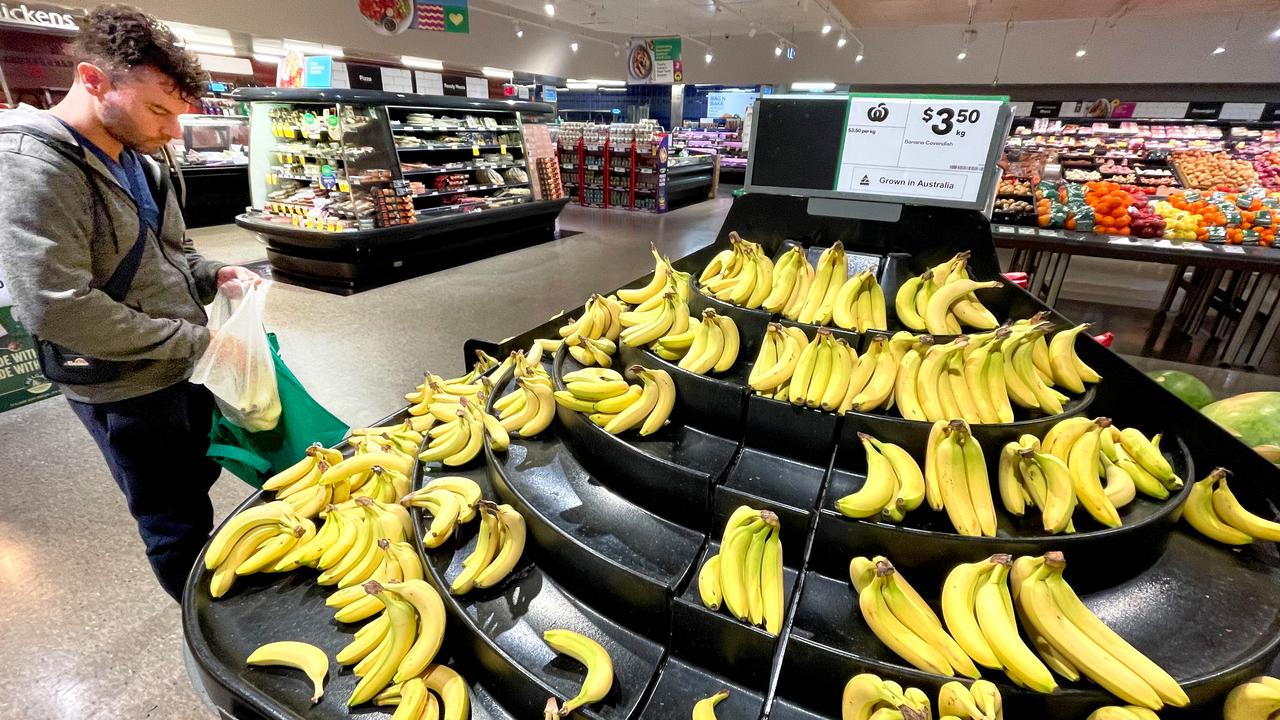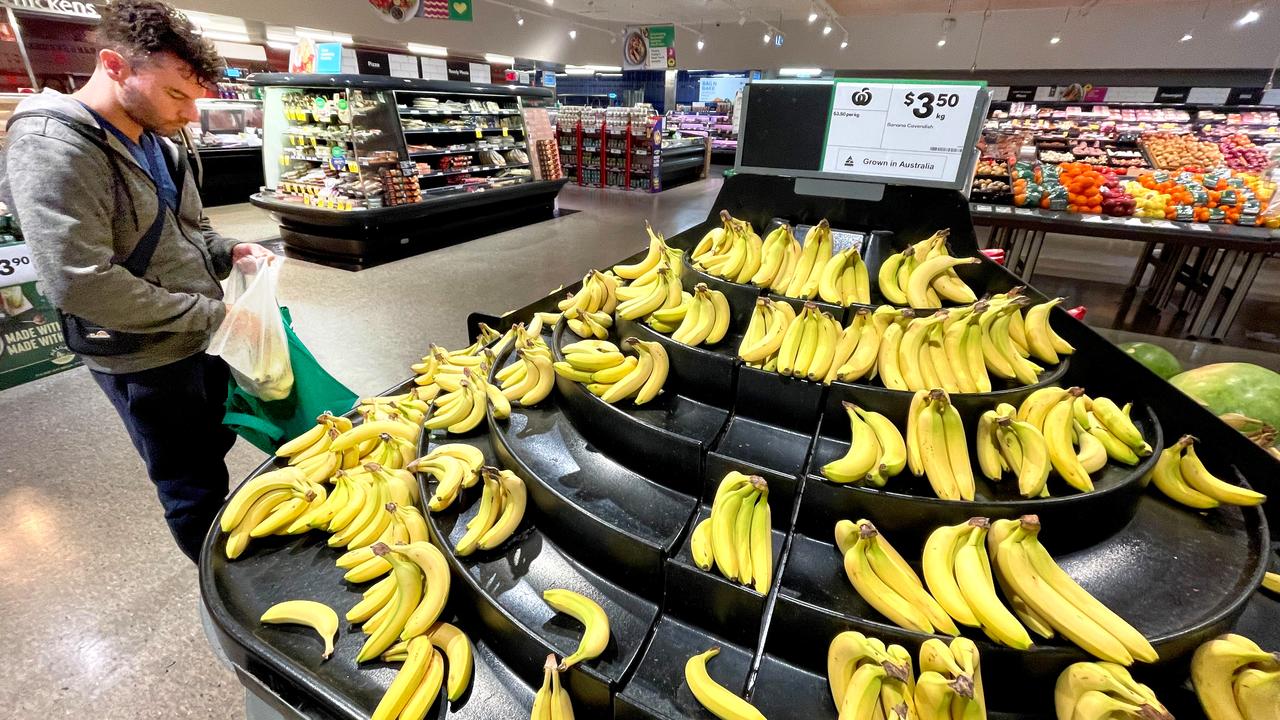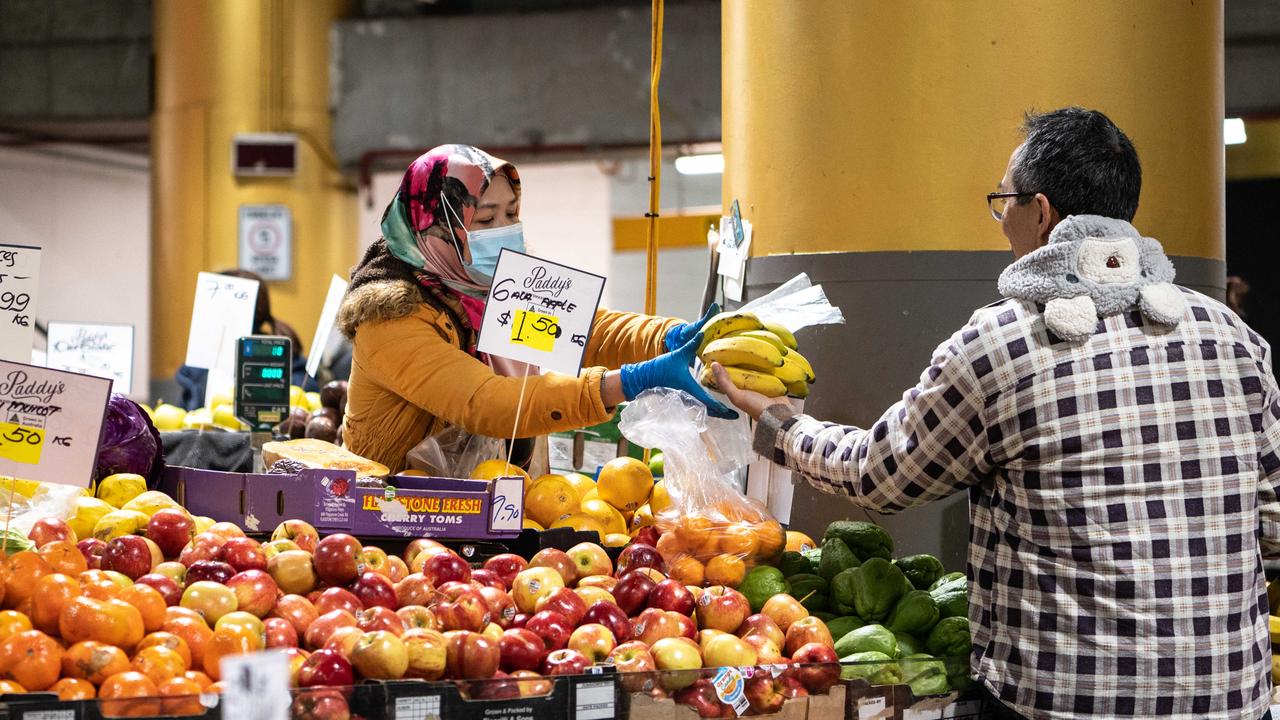Aussies spending $1.5k more on groceries annually
A new survey has found the average Australian is spending an eye-watering amount on one thing as prices continue to skyrocket.

Australians are spending $1565 more on groceries annually, with a third of the population flagging the rising cost of produce as their biggest financial burden, according to new data.
A new survey by Compare the Market has found grocery bills are the primary financial concern for 32 per cent of the population, beating mortgage, rent and energy costs, at 24.1, 15.2 and 7.7 per cent respectively.
The data found the average weekly grocery bill in September 2021 was $169.35, which jumped to $184.21 in June 2022 and has since increased to $199.46.

Compare the Market spokeswoman Noemi Hadnagy said a perfect storm of factors was behind the skyrocketing prices.
“The average Aussie spends … around $864 a month or $10,372 a year,” she said.
“(That) really adds up when we factor in a rise in rent, repeated rate rises for mortgages, as well as high energy bills and insurance renewals.”
Adding up to an additional $1565 each year, the “alarming” increase was enough to cover a short getaway or the annual registration of a car, Ms Hadnagy said.

According to Ms Hadnagy, the rising cost of produce has in part been driven by recent weather events that have in some cases led to shortages of certain fruits and vegetables.
“Similarly, businesses are forking out a lot more for energy, meaning it’s costing them more to make the goods we rely on every day,” she said.
“It’s also costing more to transport the goods thanks to higher fuel prices, and unfortunately, this cost is often passed on to the customer.”
Of the 1000 respondents surveyed, gen Z, or “zoomers”, were most likely to feel the pinch at the checkout, while boomers reported feeling the least concerned.

Gen Xers spent the most at the supermarket with a weekly average of $255.32.
“Of course, this age group is highly likely to have children and families and it does make sense that they’re paying more than gen Z or even baby boomers,” Ms Hadnagy said.
Regardless, half of the population said they were spending less at the shops to help pay their bills.
When looking to save some pennies at the store, Ms Hadnagy recommends being “disloyal” to brands and seeing if there are cheaper alternatives.
She also suggests researching specials ahead of time, picking items based on their unit price rather than their displayed price, and using reward cards to rack up points.
More Coverage
“Whatever your age, now’s really the time to wake up to waste,” she said.
“We know prices are rising across the board, but there are ways to save.
“Spending a little bit more time planning or comparing prices is one of the easiest ways to keep that grocery spend down.”




